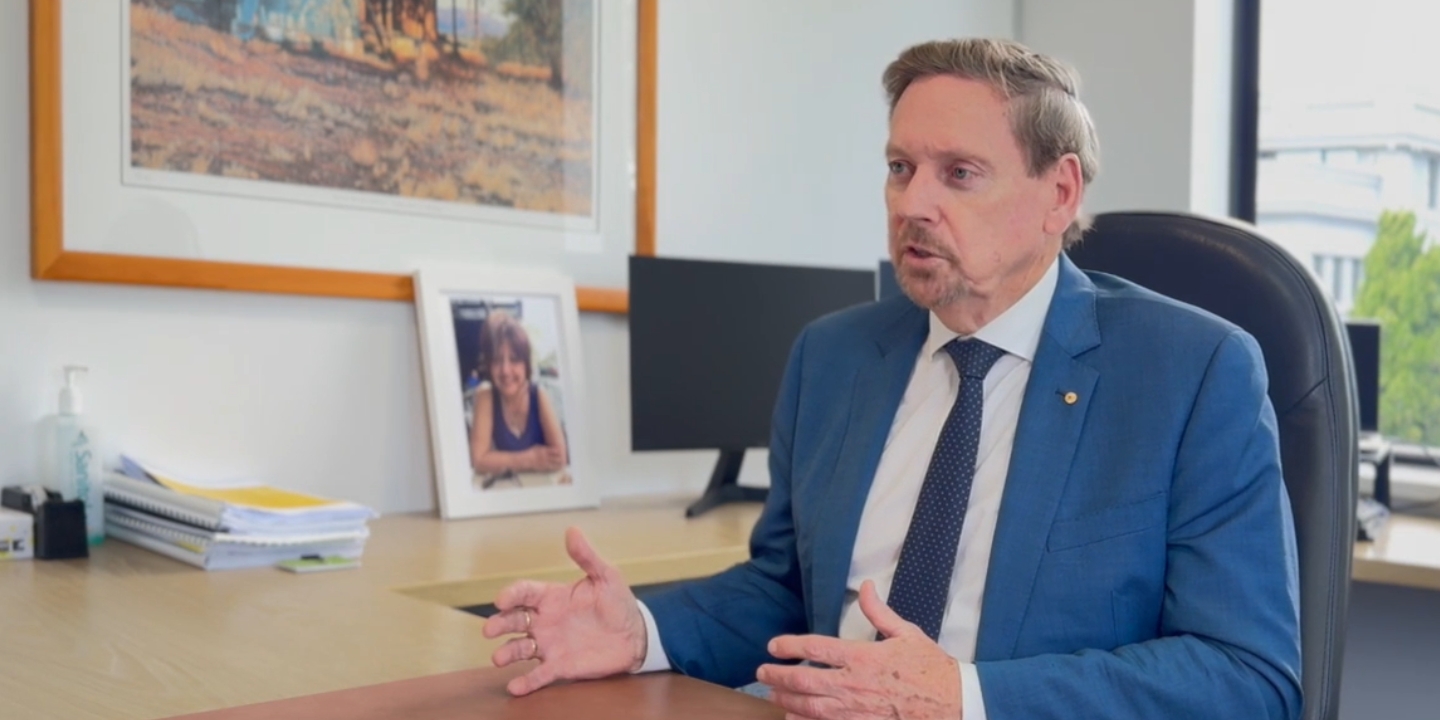
Can we learn from Singapore’s schools?
Comment 8 Dec 2023 6 minute readWith the release of PISA 2022 results this week, students in Singapore have again topped the world. In Australia, results have stagnated after two decades of decline. Is there anything we can learn from Singapore’s schools?
Untangling the reasons for a country’s educational performance is tricky. So, too, is comparing a city-state with a country the size of Australia. Nevertheless, there are intriguing differences in how Singapore and Australia approach learning at school.
Singapore has designed its national school system around the observation that children have different learning needs.
Children who require extra assistance in English or mathematics are given it from the time they begin school. Specially trained ‘learning support’ teachers work with these children in small groups. Those requiring extra support in their home language are identified from Year 2. Selection into Singapore’s Gifted Education Program occurs in Year 3, and into its Junior Sports Academy, in Year 4.
Based on their performances at the end of Year 4, students in Years 5 and 6 are taught core subjects (English, mathematics, science, home language) at one of two levels: Foundation or Standard.
Examination results at the end of primary school determine which of three streams students are assigned to in secondary school. Students in the lowest stream generally study core subjects at the least demanding level; students in the highest stream, at the most demanding level.
These arrangements, introduced in the 1970s, are designed to respond to the different stages individuals have reached in their learning. The principle underlying Singapore’s system is that student engagement and successful learning depend on well-targeted teaching. Meeting students’ varying needs is seen as a key to equity.
In contrast, streaming is not a central feature of Australian schooling because it can lock students into streams, set ceilings on how far some students can progress, and permanently label individuals as good or poor learners. Instead, our system is designed so that most students are taught the same material at the same time, for the same amount of time, and are then assessed and graded against the same learning expectations. Expecting the same of everybody is seen as a key to equity.
However, Australian students are at widely different stages in their progress. In each year group, the most advanced 10 per cent of students are about six years ahead of the least advanced 10 per cent. We rely on teachers to deal with this variability, including by providing different intensities (‘tiers’) of student support. But unlike Singapore, we do not modify our expectations of students based on where they are in their learning. Perhaps as a result, many slip further behind as common, year-level expectations become increasingly beyond their reach.
So, is it possible to design a learning system that targets students’ different needs without streaming?
Singapore is exploring this. From 2024, Year 7 students will not be taught in separately streamed classes. Instead, they will study each core subject in the same class at one of three nationally defined levels. Individuals may be at different levels in different subjects, and students will be able to advance to more demanding levels based on their performance. In this way, Singapore believes it can “continue to adapt to students’ learning needs, while mitigating the labelling and stigmatisation associated with streaming”. But will this simply create new streams?
Some countries are exploring more radical solutions. Wales has restructured its curriculum into a sequence of levels through which all students aged 3 to 16 progress at their own rate. Students of the same age may be at different levels. The aim is to ensure that all students are taught at their current level and make progress on the same learning continuum. Scotland and New Zealand have explored similar solutions.
In Australia, stagnating or declining performance is often attributed to ineffective teaching methods or deteriorating student behaviour and wellbeing. We pin our hopes on better teaching. But a lesson from some of the world’s top-performing nations is the powerful influence of the system in which teachers work and students learn—including curriculum, assessment and reporting requirements. An ideal system would adapt to students’ different needs without labelling them and set high expectations of all students without requiring that they be met on the same timeline. The challenge, for both Singapore and Australia, is to design such a system.